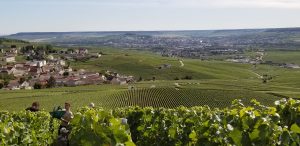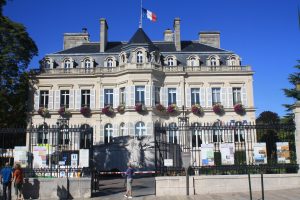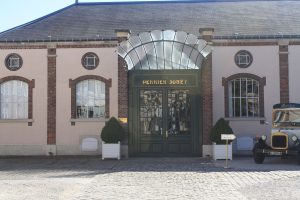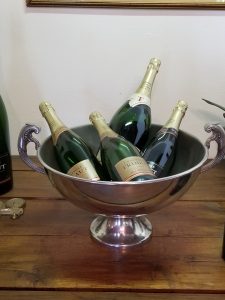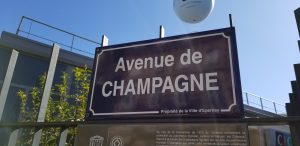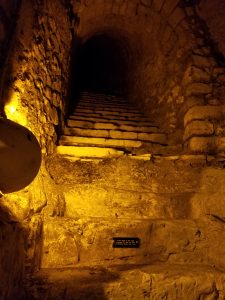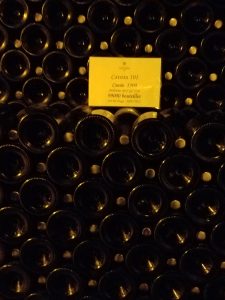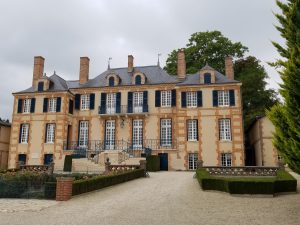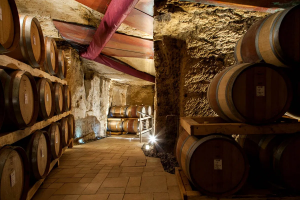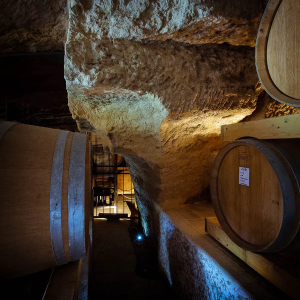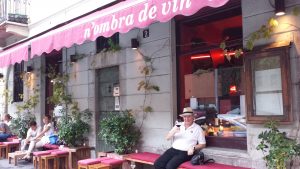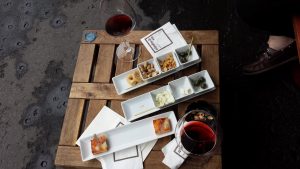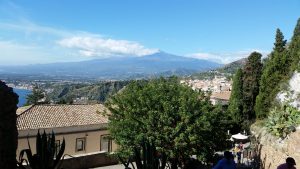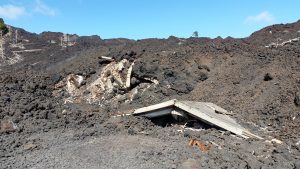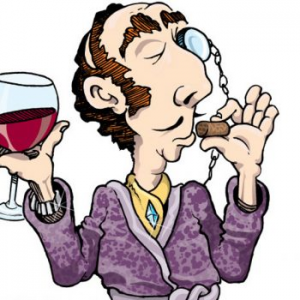There are many parts of the world’s Wine Country where they make sparkling wine. It almost seems that every place that grows grapes makes some sparklers. They may call it champagne, but only one place makes true Champagne and that’s in France. The Champagne region is about an hour and a half drive from the Paris airports and lies, generally speaking, in the area between and around the towns of Reims and Épernay.
The September harvest in Champagne
Now, of course, any reader of Power Tasting will want to visit Champagne in order to taste the wines there. But when you are there, there are many other reasons to enjoy the Champagne region. For one thing, it’s a beautiful region of rolling hills and endless vineyards, with plenty of other farming where the land does not lend itself to growing grapes. We were fortunate enough to travel in Champagne during the harvest; the sight of the workers in fields bursting with fruit in the vines was inspiring, especially knowing the destiny of those grapes.
The Chagall windows in Reims Cathedral
Both of the major towns are worth visiting. Reims has a magnificent cathedral that has had its unfortunate share of warfare, especially during the two world wars of the 20th Century. You can still see the marks made by artillery on the walls. Fortunately, the parishioners took down the rose window and preserved it from the violence, but the windows in the Lady Chapel at the rear of the cathedral were not so lucky. However, they were replaced after World War II with new windows by Marc Chagall that are among the most gorgeous works of stained glass, ancient or modern, to be seen anywhere.
The Hotel de Ville (City Hall) in Épernay
Épernay does not have the an equivalent architectural marvel, although many of the buildings that house wineries are wonderful examples of 19th century imagination. You can see many of them on the Avenue de Champagne where some of the best known Champagne producers (and many lesser known ones, too) have their headquarters. [More about that in our article on wine tasting in Champagne.]
Aside from the major towns, the Champagne region is full of history. We recommend that you look up the Routes Touristiques de Champagne (in English at https://www.champagne-ardenne-tourism.co.uk/discover/tasting-champagne/cellars-vineyards/the-routes-of-champagne). It will show you all the little, out of the way places to visit. Then, drive around looking for the signs that point out all the turns on the routes.
We are rather surprised at the lack of top restaurants in Épernay and Reims. You can get a good enough meal, to be sure, but the restaurants aren’t up to the level of food we have come to expect in Wine Country, especially in France. However, in the smaller villages in the countryside, there are many small cafes and bistros, as well as grand gastronomic establishments, where you can sample fine French cuisine.
Finally, a word about the name “Champagne”. Americans pronounce it sham-PANE. But the French say shahm-PAN-ya, sort of swallowing the last syllable. Of course it’s their country and they have a right to say it their way (which is, after all, the right way). But an American, even one who can speak French tolerably well, feels silly saying it their way. Okay, you want to blend in so try it the French way. But believe us, you won’t blend in anyway. They can tell a tourist from kilometers away.
